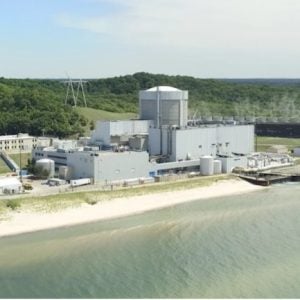
Wolves living in the exclusion zone of the Chornobyl NPP under the influence of radiation, have gained resistance to cancer, according to Cara Love from Princeton University in the US.
After the accident at the Chornobyl nuclear power plant in 1986, the population was evacuated from contaminated areas. In the absence of people, wildlife flourished despite radiation contamination. As well as small mammals, the area is populated with moose, boars and wolves.
In 2014, Love and her colleagues visited the exclusion zone to install special GPS collars with dosimeters on local wolves and take blood for analysis from animals. These collars allowed scientists to track in real time where the Chornobyl wolves are, and measure the level of radiation exposure.
Results showed that, throughout their lives, they receive 11.28 milliroentgen, or 110 microsiverts, a day. According to scientists, this is six times higher than the maximum safe level set for people. Having studied the biomaterials of wolves, Love found differences in their immune system compared with people living exclusively outside the exclusion zone. The changes were reminiscent of those found in cancer patients undergoing radiation therapy.
She presented the results of her work in a report at the annual meeting of the Society for Integrative and Comparative Biology (SICB), held in Seattle in January 2024.






